Media | Articles
The Capri Was Europe’s Mustang
Ford’s decision to resurrect the Capri nameplate on an all-new battery-electric crossover for the European market makes a great deal of sense. Crossovers are what most people buy, even in the Euro market, and while large-scale EV adoption is taking longer than most thought, it’ll probably happen quicker on the other side of the Atlantic. By putting the well-recognized Capri name on a family-oriented EV, Ford gets to put out a new model with a familiar name. Ford doesn’t need to worry about any legal difficulties with branding, as Capri is an in-house nameplate, and the vehicle will perhaps tweak a bit of nostalgia.
Of course, none of that reasoning makes us like Ford’s decision—certainly not from behind the wheel of a 1974 Capri GT, as the car bursts out of a corner exit on a winding mountain road in Canada. Call it a mini-Mustang, call it Europe’s pony car—this is the genuine article, not a battery-powered platform borrowed from Volkswagen and shot with some heritage botox. This is the real Capri, and it’s utterly fantastic to drive.


The personality of the Capri GT is largely due to its parts-bin underpinnings, which were mostly lifted from the Mk. II Cortina. (Though it is perhaps a less-familiar badge to a North American audience, the Cortina did much to stoke the flames of Fast Ford enthusiasm across the pond.) The mechanicals of the Capri are as simple as they come: engine up front, four-speed transmission in the middle, drive axle out back. The suspension is Macpherson struts in the front and a live axle in the rear, with rack and pinion steering.
What other two-door sedan with everyday roots turned out to be a cultural icon? The original Mustang may have been a grand slam compared to the Capri’s Premier League overtime goal, but both are sporting heroes in their own right. They both offered a range of engine choices, were accessibly priced for a broad audience, and had everyday appeal along with a dash of performance.



The similarity between the pair is no accident. The mission of the Capri was to be Europe’s Mustang, and the same designer was involved in both projects, the Iowa-born Phillip T. Clark. In fact, Ford Europe’s little coupe would have been called the Colt, had not Mitsubishi (and, by extension, Plymouth) owned the rights to that name.
Marketplace
Buy and sell classics with confidence
Instead, the European coupe was dubbed Capri. The name came from a two-door version of the Ford Consul, itself a scaled-down version of a large American coupe—call it the Thunderbudgie. “Capri” was also something of a match for “Cortina”; both names had Mediterranean origins.
The Capri launched in early 1969 and was built in the UK, Belgium, and Germany. In North America, it was sold with the same name but under the Mercury brand, wearing four round headlights and the power bulge hood. (Elsewhere, you could buy a Mk I Capri with a flat hood and square headlights, which looked fairly stuffy by comparison.) Trim levels ranged from poverty spec to near-luxury, but the average Capri was priced to be within the budget of the average person.



The range of engines across all markets is frankly overwhelming—eventually, the Capri was also sold in South Africa and Japan. The most common option was a four-cylinder, which came in displacements from 1.3 to 2.0 liters. There was also a handful of V-6s. One rare standout was the Capri Perana (a deliberate misspelling, for copyright reasons), built by Basil Green Motors in South Africa. These first came with a V-6, but later were fitted with the 302-cubic-inch Windsor V-8 out of the Mustang. The Capri is not a large car, but there was enough room under its long nose for hot-rodders to cram a number of Ford V-8s in there.
Arguably, the engine you want is the V-6. This orange example is a 1974 Capri GT. It wears the earlier bumpers, giving it a cleaner look. Under the hood is a breathed-upon, 2.8-liter, narrow-angle Cologne V-6. When new, in the German-built cars sent to North America, the six offered an unremarkable 119 hp, but these engines are very tunable. Here, with a hotter cam and a few other tweaks, roughly 180 hp is on offer.




In your author’s eyes, the car is just about perfect. Its owner, Geoff Peterson, has a local reputation as a VW specialist (he’s shared his 200-hp Cali Look 1957 drag Beetle with us in a previous article), but he’s always wanted a Capri. When he bought this one, the car wasn’t running, so he fixed it up as a fun daily driver. He plans to do further adjustments here and there, but with the suspension sorted out with poly bushings, and a replacement driver’s seat and dished steering wheel, the Capri drives as good as it looks.
Capris are prone to rust, even in relatively dry locations, so finding them in complete condition is tricky. Ford sold an enormous number of these cars in the U.S. and Canada—something on the order of half a million—and most of them got chewed up by a third or fourth owner and sent to the scrapyard. Petersen says this car gets even more attention and stories from previous owners than his Beetle or Dune Buggy does. It’s impossible for him to stop for gas without talking to at least one person.

Happily, these impromptu discussions have led to a couple of project cars that Petersen has been able to find and rebuild for new owners. Parts for the Capri are relatively available, thanks to how strong their following is across the Atlantic. Used stuff and bodywork are tricky to find, but if you’re willing to pay, a proper restoration is certainly possible.
Like the Mustang, part of the Capri’s appeal is in its long motorsport pedigree. The excellent book Capri, by Jeremy Walton, breaks down these exploits, with some 300 pages of detail on Ford’s European battles with the likes of BMW and Porsche. During its heyday, Capris campaigned on iconic tracks from the Nürburgring to Spa-Francorchamps to Le Mans. Jackie Stewart raced a Capri. So did Niki Lauda.
Names like Zakspeed and Cosworth came to be associated with the hottest Capris on the track, and there were fierce and very collectible road-going models in the European market. A single Capri RS2600 was ordered in 1971 by the Deuce, Henry Ford II, for his son Edsel II to drive to college. It was finished in two-tone silver and blue, and paired a 150-hp, 2.6-liter V-6 with a curb weight of 2250 pounds.
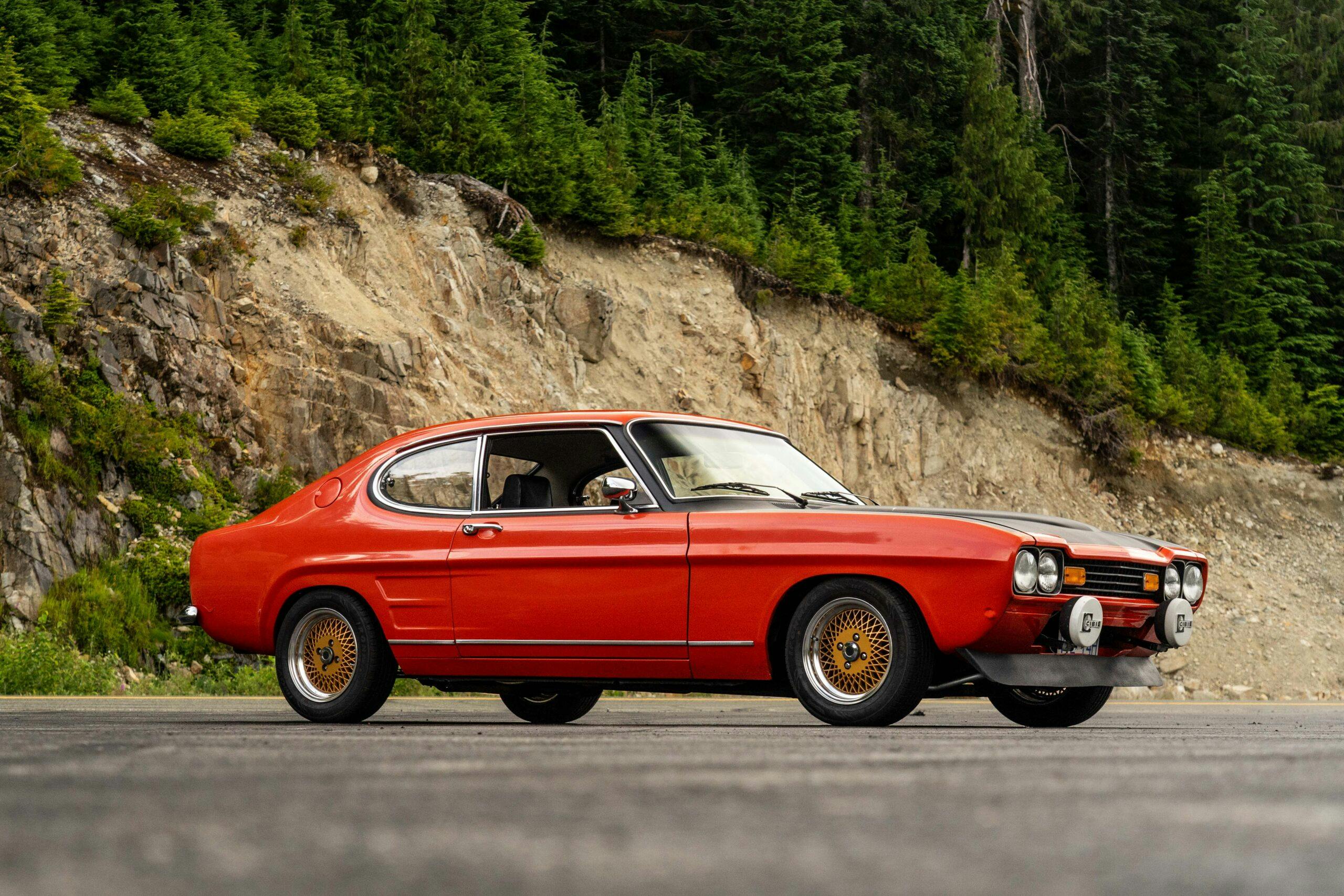
But while the special and racing Capris are fun to learn about and obsess over—a Mustang’s worth of history and heritage, seen through a European lens—what really makes the original Capri such a delight is its simplicity. The new Capri is emblematic of its time. Roomy, fast, comfortable, and silent, it is competence delivered with all the charisma of a toaster oven. The old Capri is small, loud, quick rather than fast. With the four-speed manual, 40 mph feels like 100.
Shortly after our spin on the mountain, Peterson climbed into his Capri and drove it about 250 miles into British Columbia, searching for parts for his latest project. There’s a Capri that makes sense for the world we live in—but there’s another Capri that inspires love, and it doesn’t have a charging plug.



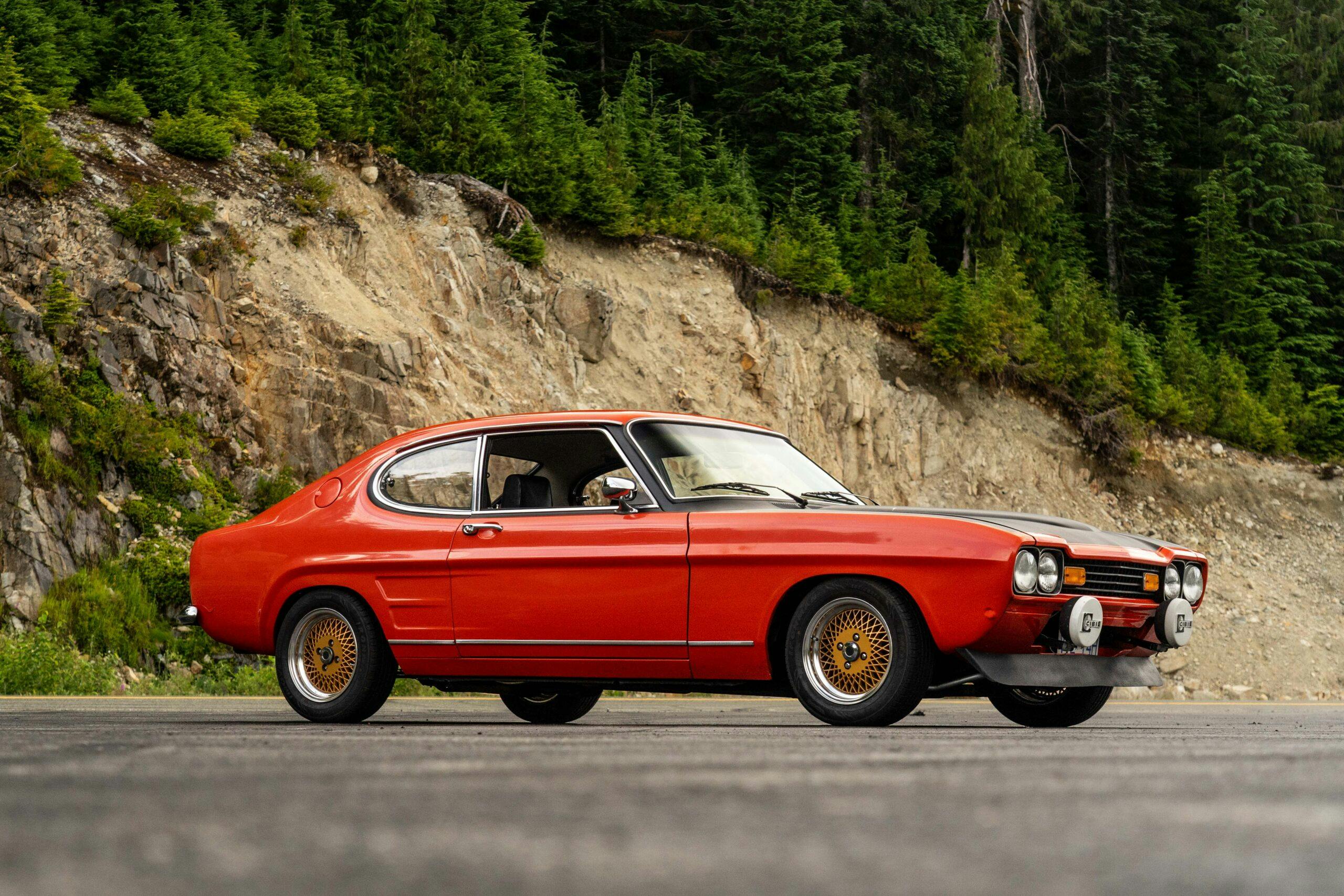





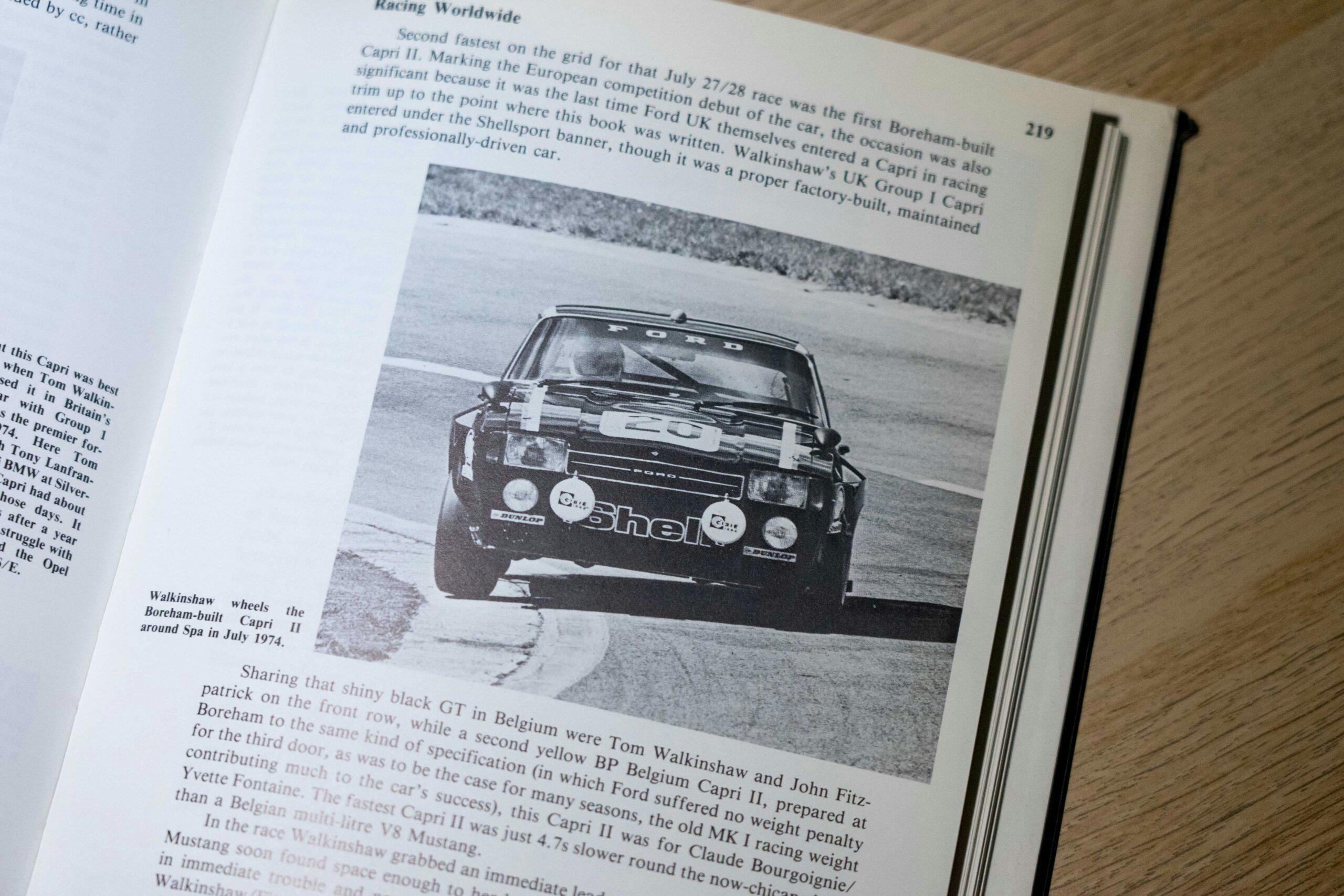


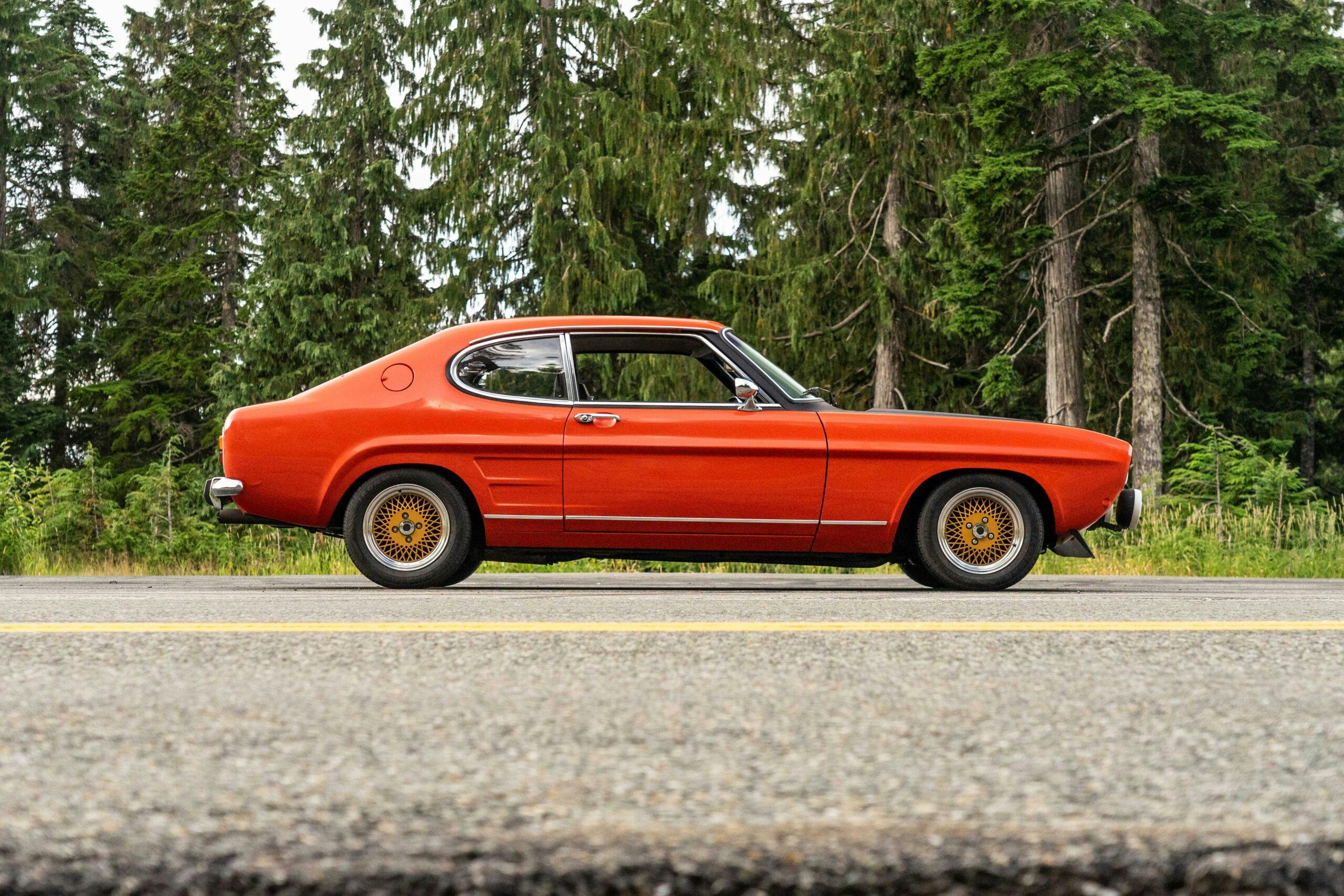

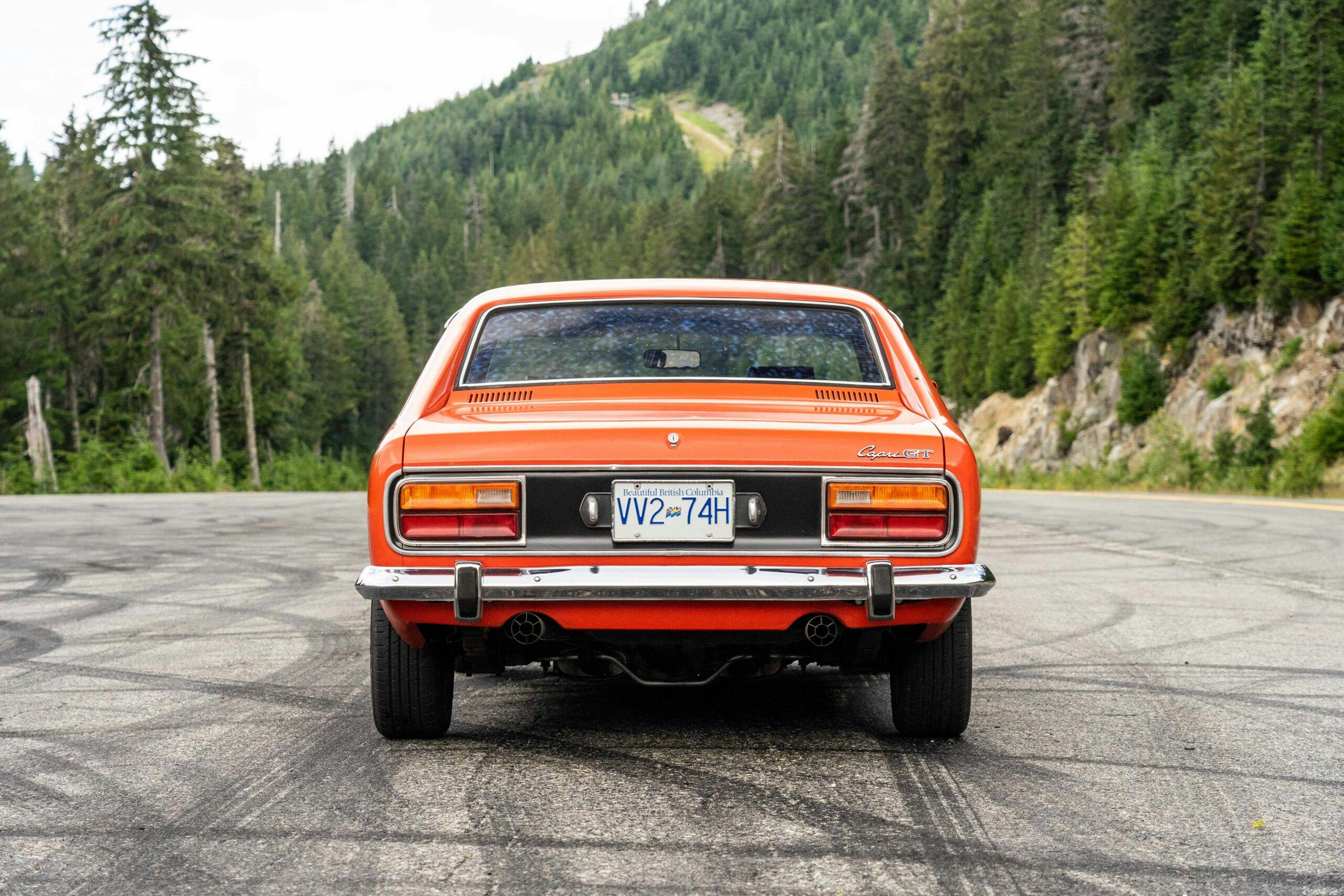
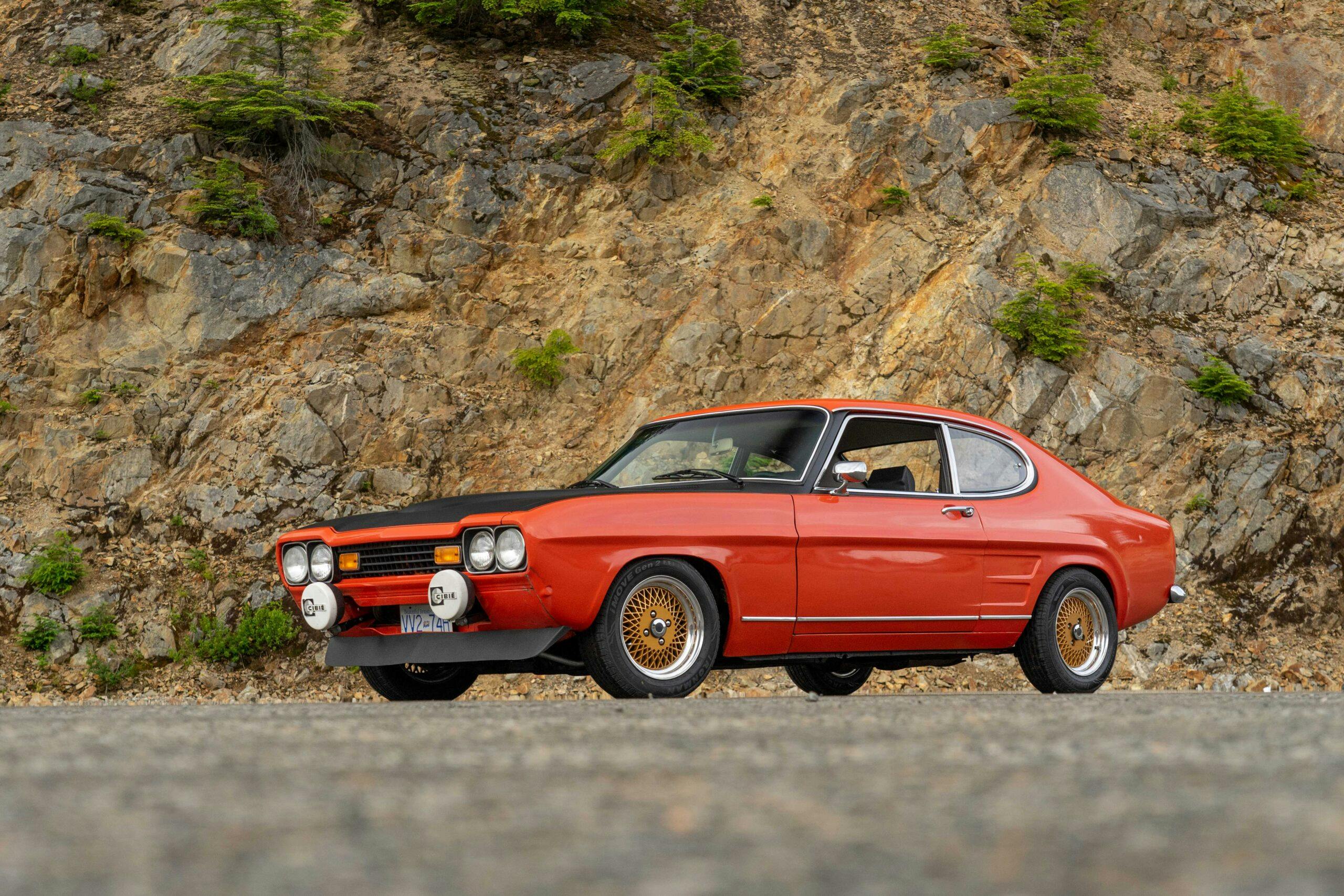
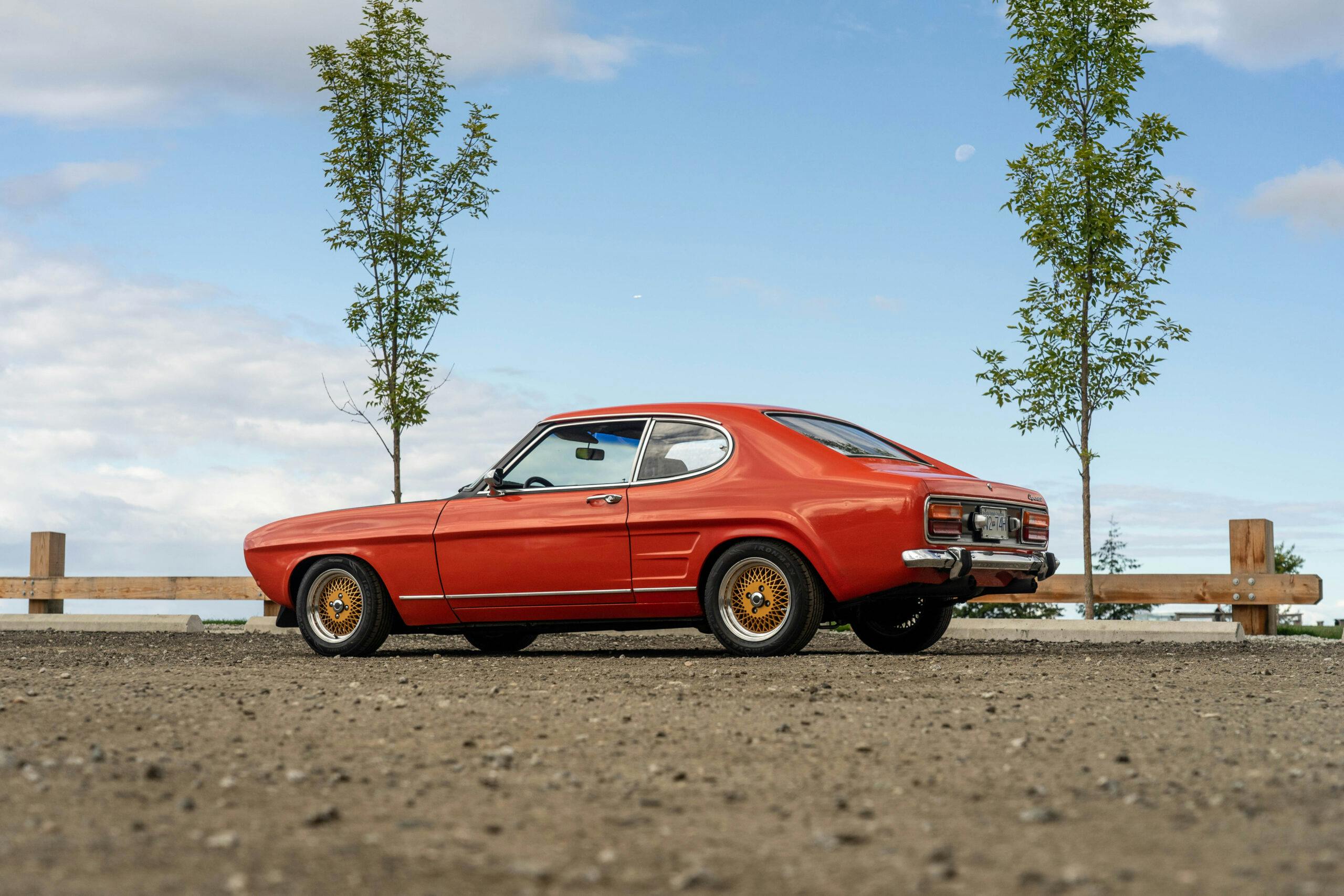

These “Sexy Europeans” were indeed very fine cars.
Some of us remember that there was yet another Capri — from Lincoln.
“The sexy European with a shamefully low price”
I remember the Mercury Capri that was really a fox body Mustang and the front drive convertible they did in the 90’s.
As well as the mid-60’s version of the Comet.
I found these interesting.
I could write chapters in praise of – ” but once I start, I get too lazy to stop.”
I had an early one with the 1600 Kent engine. Nice car, but terribly underpowered. I always wanted a V6 version, but moved on to something else.
I have had them all except the Basil Green Perana V8 and they were all great cars, my favourite being the 2 litre which had enough power, capable brakes, steering etc. and was very economical and fast enough, unlike this website that claims that I am posting too fast even though it’s my first post for days.
The erroneous ‘posting too fast’ is why I stopped posting on this site. Maybe they will fix this bug someday?
We would hope so. And yet, none of the moderators even respond to these complaints. Surely they could influence someone to look into it?
John, amen to that! AI being prototyped? Very irritating to me!
Sometimes if you repeat your posting 3-4 times, it sticks — other times the Master Control dumps your post! Also, it would be nice to have some kind of editing mode enabled, in case you spelled “Shelby” as “Sell by”, or ?? Wick
I remember the Capri mainly as a highly rust prone car.
My recollection is that it was cheap, a downmarket car that appealed to ladies.
I’m surprised, and impressed, to read the very detailed article and the praise shared by the author and posters alike.
It’s just strange that my recollection of the Capri is so negative, and definitely it was not a Mustang, while the affection shown by these posts is so positive.
When i was a kid the family next door came home with a loaded bright yellow one from the Ford Lincoln Mercury Fiat dealer in town. The guy let me help him wash it every week. I was crazy for the car. My dad always had a sensible Chevrolet which I hated him for lol
My next door neighbor had one.
It had a cable operated clutch.
The cable broke on him twice, both times at a stop sign.
He end up getting a Corvette.
I must add that I don’t believe the Capri was any more prone to rust than similar cars of this era. However, after some years, the usual front floor foot well rust would appear and could spread to the front fenders. Being that they are spot welded (upper rail) this may have dissuaded people to some degree from tackling a revive/restore project.
Great to read all about the Ford Capri.
On my return from Vietnam all I wanted was a Capri GT.
However at 2900.00 was a tad too
expensive and it was never to be.
I also bought a Capri 1600 upon my return form Vietnam in 1971. Like another reply said, it wasn’t fast, but it felt “quick.”
I suppose the thing that irks Capri fans is always the ” Europe’s Mustang ” comparison . They’re two very different cars in personality even though it’s easy to ‘bare bones’ them on spec. They drive differently. While I appreciate the nod if you’re someday looking for – “And now, something completely different ” – an article on the X series ( X pack ) Fords would be nice. A 3-litre Capri with triple Webbers and all the trimmings is worthy of mention… no ?
In ‘71 our Dad bought a brand new Ford Capri. Equipped with the 2L 4 cyl, and automatic. My brother and I were pissed it had the auto but he let us drive it so all was good. My friends were all impressed our Dad had a “sports car”!!
At 16 I’d just got my drivers license. His other car was a 67 Galaxie. I drove the Galaxie through a fence one night and 8 months later backed the Capri into a light post showing off to my girlfriend on my first date. Must have impressed her because we’re still married 53 years later.
My brother ended up owning the Capri a few years later and he wrecked it in a rear end collision.
Our Dad had the patience of Job, bless his soul.
Oh the Capri? Loved that car!!
My first car was a 75 V-6 4 speed. It was very well equipped and quite quick in it’s day
Bought one new when I worked in Davenport, IA. I remember the windshield wiper motor failing almost immediately and waiting forever for the new part.
in 1971 my parents bought me a brand new red (black vinyl top) Capri 2000. I was a very lucky Junior in High school! I have great memories of that car, even though it was not very reliable. After I went to college, my sister inherited and wreck it!
“These first came with a V-6, but later were fitted with the 302-cubic-inch Windsor V-8 out of the Mustang. ….
Arguably, the engine you want is the V-6.”
Not sure I understand why I would want a V-6 over a V-8. Because the V8 is that much heavier, upsetting the car’s balance? Because factory V8’s are impossible to find, so a V6 is preferable to an I4?
I’m not challenging the author’s assertion, just wondering about the logic behind it.
We bought one of these while stationed in Germany about 1978. It was a great little car with a four cylinder and manual 5 speed. A pretty lime green with tan vinyl interior. We brought it back to the states and got a lot of looks. It was sold as a Ford in Europe but as a Mercury here. I wish I could find a picture of it.
I had a copper (metallic brown?) ’74 V-6 with the newer plastic bumpers. Two things have always stood out in my mind….. It handled better at 80mph than at 60mph and it had a map light attached to the passenger A-pillar, which I always thought was a brilliant idea.
Had a great looking 3.0L ‘S’ back in the day. Lowered with 7″ RS rims. Strato silver metallic paint. Registration VEV 434W. Unfortunately ‘off the road’ since the late 90’s. I’m sure it’s been scrapped and recycled many times over now, but I still have fond memories of the car. No rust while I owned it, but it was a labour of love!